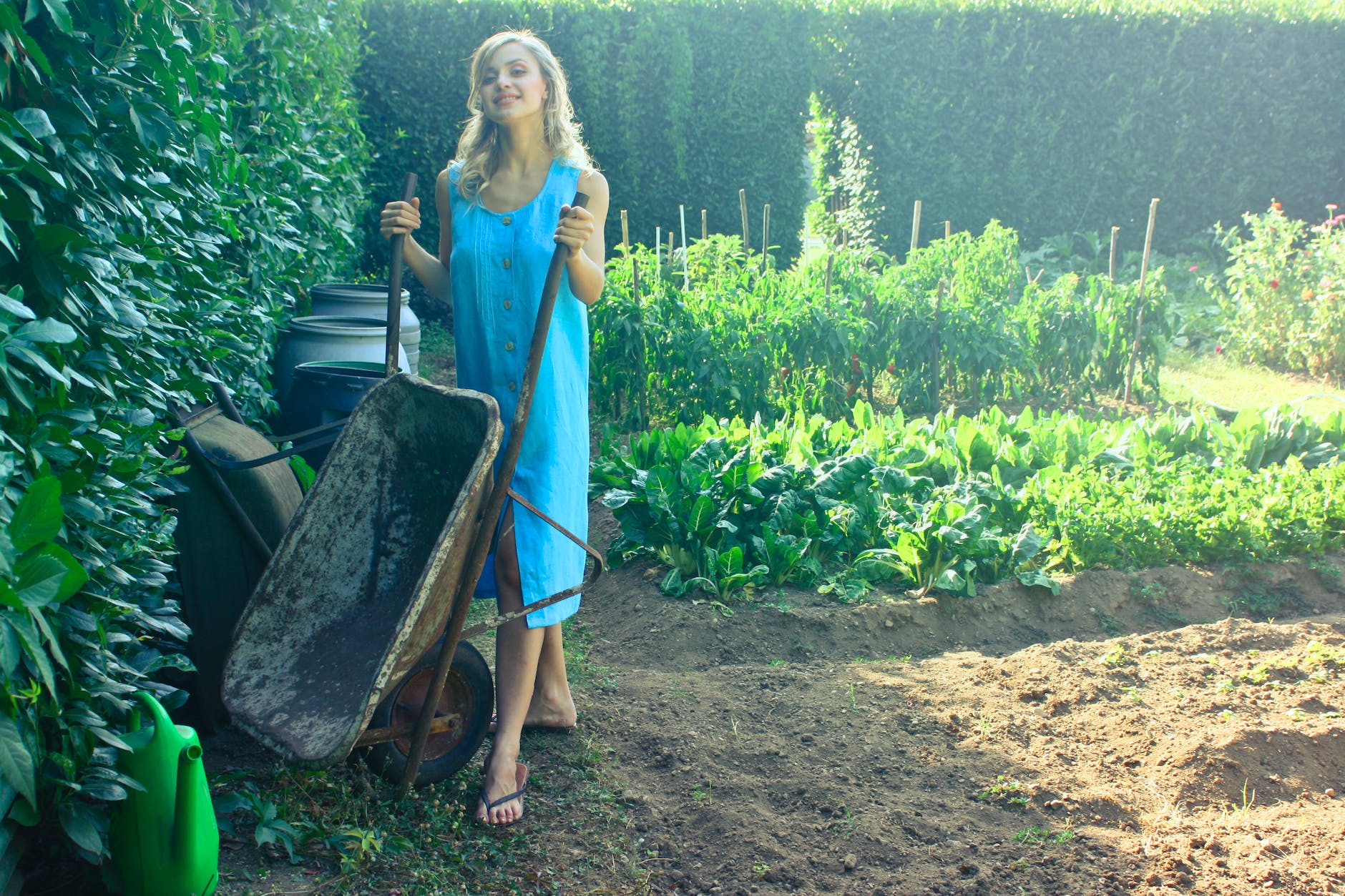Creating an inviting and functional outdoor living space allows you to extend your living area beyond the confines of your home. Whether you have a spacious backyard, a cozy balcony, or a small patio, designing your dream outdoor space can enhance your lifestyle and provide a retreat for relaxation, entertainment, and connection with nature. In this article, we will explore tips and ideas for designing your dream patio or garden. From furniture selection and landscaping to lighting and outdoor decor, get ready to transform your outdoor space into a haven that reflects your style and encourages outdoor enjoyment.
I. Assessing Your Outdoor Space
- Evaluate the available space: Take measurements and analyze the layout of your outdoor area to determine the size and shape of your patio or garden. Consider any existing features, such as trees, structures, or natural elements, that can be incorporated into your design.
- Identify your needs and preferences: Determine how you plan to use your outdoor space. Do you envision it as a tranquil oasis for relaxation, a space for entertaining guests, or a combination of both? Understanding your needs and preferences will guide the design process.
- Consider climate and functionality: Take into account the climate in your region and how it may impact your outdoor living. Think about shade options, weather-resistant materials, and the functionality of the space throughout the seasons.
II. Furniture Selection and Layout
- Choose durable and weather-resistant furniture: Opt for outdoor furniture made of materials that can withstand the elements, such as teak, wrought iron, aluminum, or weather-resistant wicker. Ensure cushions and fabrics are designed for outdoor use.
- Create distinct functional areas: Divide your outdoor space into distinct zones based on their intended use. Designate areas for dining, lounging, and entertaining. Arrange furniture to promote conversation and provide easy movement between areas.
- Incorporate comfortable seating: Select seating options that prioritize comfort, such as outdoor sofas, lounge chairs, or hammocks. Consider adding cushions, pillows, and throws to enhance coziness.
- Add storage solutions: Include storage options like weatherproof cabinets, deck boxes, or outdoor benches with hidden compartments to keep cushions, gardening tools, and other outdoor essentials neatly organized and protected.
III. Landscaping and Greenery
- Define the boundaries: Use landscaping elements such as hedges, trellises, or fences to define the boundaries of your outdoor space and create privacy.
- Incorporate plants and flowers: Choose plants and flowers that thrive in your climate and suit your design preferences. Consider a mix of shrubs, perennials, and annuals to add color, texture, and fragrance to your outdoor space.
- Create a focal point: Introduce a focal point, such as a water feature, a sculpture, or a fire pit, to draw attention and create visual interest within your patio or garden.
- Vertical gardening: Utilize vertical space by incorporating hanging planters, trellises, or living walls. These not only save space but also add a lush and vibrant ambiance.
IV. Outdoor Decor and Accessories
- Select outdoor-friendly decor: Choose decor items that can withstand outdoor conditions, such as weather-resistant rugs, pillows, and artwork. Incorporate elements like outdoor sculptures, lanterns, and wind chimes to add personality and charm.
- Enhance with textiles: Introduce outdoor curtains, canopies, or shade sails to provide protection from the sun or create a cozy and intimate atmosphere.
- Outdoor dining essentials: Set up an outdoor dining area with a sturdy table, chairs, and an umbrella or pergola for shade. Complete the look with durable tableware, placemats, and lighting for evening gatherings.
- Incorporate water and fire features: Consider adding a water fountain, a pond, or a fire pit to create a soothing and inviting ambiance. These elements can be focal points and provide a sense of tranquility.
V. Lighting for Ambiance and Safety
- Illuminate pathways: Install pathway lighting or solar-powered lights along walkways to guide guests and ensure safety during nighttime.
- Ambient lighting: Use string lights, lanterns, or LED candles to create a warm and inviting atmosphere. Consider installing dimmable lighting options to adjust the ambiance according to different occasions.
- Highlight focal points: Use spotlights or uplights to showcase architectural features, plants, or sculptures in your outdoor space.
- Practical lighting: Install task lighting near cooking and dining areas for functionality and convenience.
Conclusion:
Designing your dream patio or garden allows you to create an outdoor space that reflects your style, meets your needs, and enhances your lifestyle. By considering factors such as furniture selection, layout, landscaping, outdoor decor, and lighting, you can transform your outdoor area into a retreat where you can relax, entertain, and connect with nature. Embrace these tips and ideas, and let your creativity and personal preferences guide you as you design your own outdoor living oasis.
